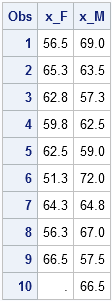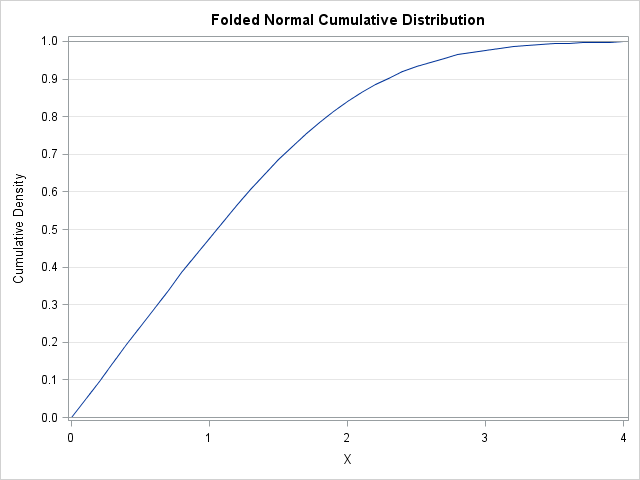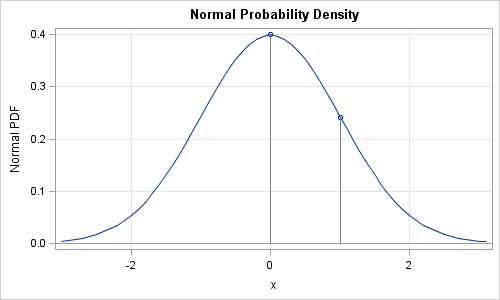
Last week I showed how to use the UNIQUE-LOC technique to iterate over categories in a SAS/IML program. The observant reader might have noticed that the algorithm, although general, could be made more efficient if the data are sorted by categories. The UNIQUEBY Technique Suppose that you want to compute








